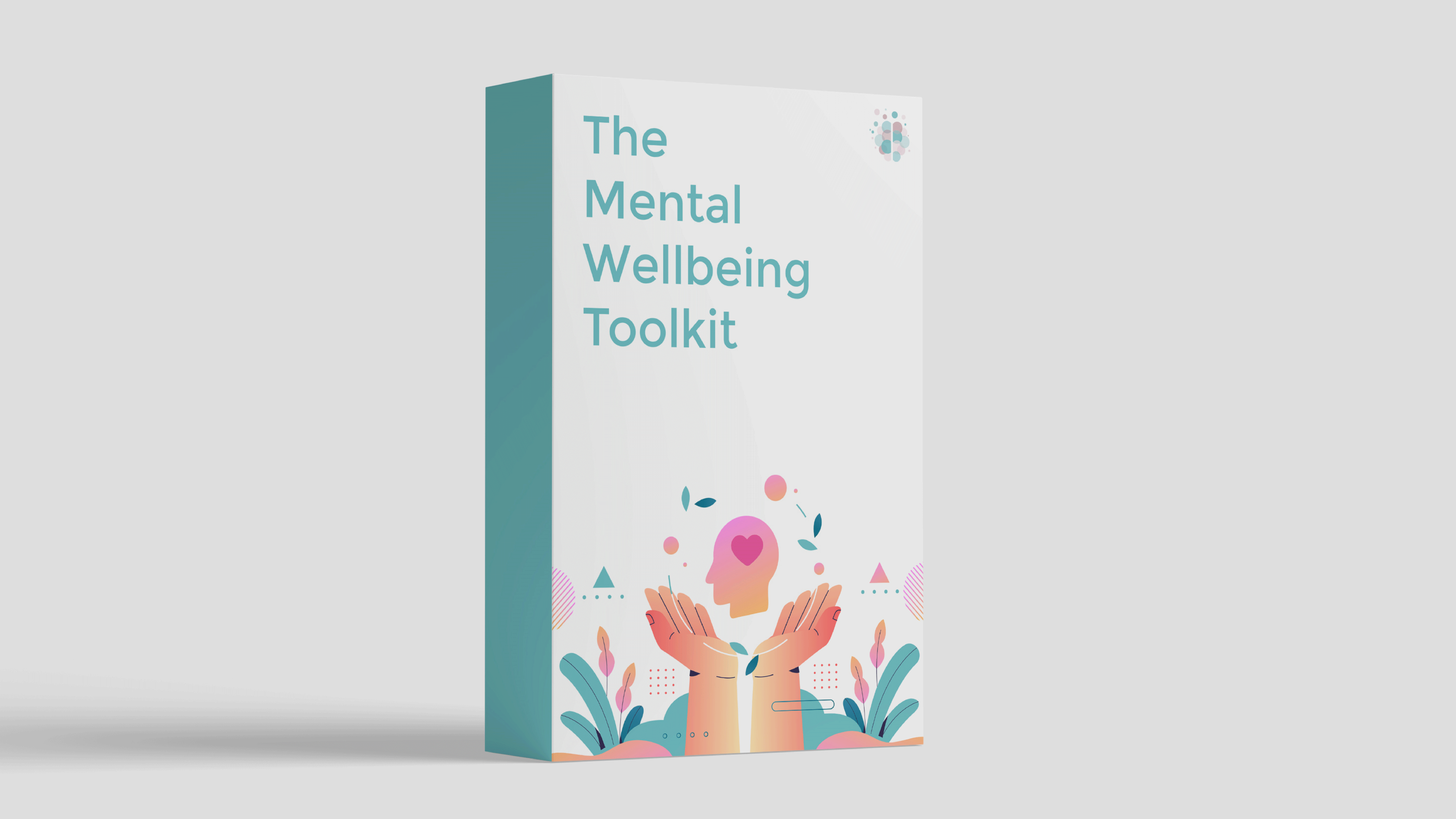We’ve all at some point experienced a feeling of panic and of our emotions spiralling out of control. This can happen when your brain experiences a real or perceived threat.
Your body releases adrenaline - your fight, flight or freeze hormone - which quickly triggers a cascade stress response. This can quickly become distressing and lead to symptoms such as rapid breathing, fast heartbeat and excessive sweating, amongst many others.
Grounding techniques are simple, easy-to-use tools that can help you gain back control of your body.
These widely used strategies are often taught on mental health first aid courses as a way to help someone in distress regain some control over their emotions quickly.
They can be helpful for people experiencing short-lived but anxiety-inducing events such as exams or job interviews.
They’re particularly useful for people with high stress reactivity - sufferers of anxiety and panic attacks, as well as people who have C-PTSD or PTSD.
What Exactly Are Grounding Techniques?
Grounding techniques work by interrupting distressing thought patterns and creating a sudden change of focus. By hijacking an escalating stress response, you help calm down your body.
They often involve using your five senses - sight, smell, touch, hearing and taste. It’s worth practicing a few different strategies to find what works best for you. We’re all different and what works for one person might not be as effective for someone else.
Examples of Grounding Techniques
Touch
Sit down with your feet flat on the floor. If you can’t sit, then stand tall and really connect your feet with the floor to physically ground yourself.
Some people like taking off their shoes and connecting their bare feet to the ground outside.
Consciously acknowledge the feeling of the floor beneath you. Think about how solid it is. If you’re outside and barefoot, take notice of the sensation. Is it cold or warm? Wet or dry? What’s the texture like?
Then, try some breathing exercises. Place your hand on your tummy and feel the way your hand moves in and out as you breathe. Pay attention to slowing down your breathing and breathing through your nose. Count your breath in and out. Try to make your 'out' breath longer than the 'in' breath, as this has a physiological effect on adrenaline release.
If you’re at work, try making a cup of tea and holding the mug in your hand, noticing the sensation of heat.
Other physical sensations such as holding an ice cube or stroking a pet can help you to connect with your touch senses.
Touch grounding techniques are very effective and can be practiced anywhere. Every item around you has some texture to it that you can redirect your attention to.
Smell
Your sense of smell is powerful and can be hugely effective when used as a grounding technique.
It’s easy to keep a small bottle of an essential oil in your bag to be used when you’re feeling stressed, anxious or overwhelmed.
There are several oils which have been proven to have a calming effect, and because the olfactory system goes directly to the brain, the effects are rapid.
Oils such as chamomile or lavender have a calming and relaxing effect. Others such as peppermint can be uplifting and help with tension headaches.
Taste
To use taste as a grounding technique, you can keep a small snack in your bag. Nuts, seeds and dried fruit are ideal non-perishable options.
When you find yourself needing some support, pop it into your mouth. Eat slowly, mindfully acknowledging the taste, texture and flavour to shift your attention away from distressing thoughts.
Sound
Sound can be a very powerful grounding technique and distraction from other things going on around you.
Wireless earphones mean that you can quickly, easily and discretely listen to some alpha-wave inducing music or a guided meditation to calm down your body. A five-minute track can be enough to bring about a sense of calm.
If you use calming music, you can practice a breathing exercise at the same time to make it more effective. Grounding techniques which engage more than one of your senses can be more impactful, giving a cumulative effect.
Sight
Another useful grounding technique can be to take five minutes to physically change your surroundings.
Go outside or look out of the window and see if you can find something interesting to look at. It might be the way the light shines on another building or garden, or interesting cloud patterns in the sky.
Counting things – such as the people passing by or the number of red cars – may sound trivial but can be very effective. Again, tying this in with a breathing technique is a great idea.
Anchoring
A grounding technique that takes a bit longer to learn but engages all of your senses is known as anchoring.
Anchoring needs to be prepared and practiced in advance of a difficult situation, so it’s not a ‘quick fix’ grounding technique like the ones we’ve covered.
To practice anchoring, try recalling a time when you felt calm and in control, and then relive this experience in your mind in as much detail as possible.
- Where were you?
- What was going on around you?
- How did you feel?
- What physical sensations were you experiencing?
- What could you hear?
- What could you smell?
Whilst vividly recalling the experience, perform a small action such as tapping two fingers together.
Practice doing this over and over until the experience is strongly connected to the small action.
Later, when in a distressing situation, you can help yourself calm down by repeating the gesture associated with the pleasant visualisation.
Summary
- Grounding techniques can be very useful in times of emotional distress
- They don’t have to be difficult or complicated
- They can be learnt quickly and easily taught to others
- Shifting your attention and focus is the key to disrupting racing thoughts, regaining control of your emotions and calming down your body
- Practice some techniques in advance and work out which works best for you
Self-Guided Support for Anxiety and Low Mood
Research shows that self-help materials are often enough for people to overcome mild to moderate mental health difficulties without professional support.
If you’re interested in a self-guided program that includes tools from CBT, DBT, ACT and more, be sure to check out The Mental Wellbeing Toolkit. It's "like 10 therapy sessions in one."

About Rebecca
Rebecca is an experienced life and health and wellbeing coach based in the English Lake District. She established Space and Clarity Coaching in 2018 and works with clients to support them to make lasting and impactful changes to their lifestyles and health and wellbeing. She offers both online and face-to-face 1:1 coaching or small group coaching programmes. She originally trained with Barefoot Coaching and also completed a health coaching qualification in 2021. She is a member of the International Coaching Federation and the Personalised Care Institute, which means she is qualified to work as a health coach within the NHS.
You can find more information on her website and Facebook page.

